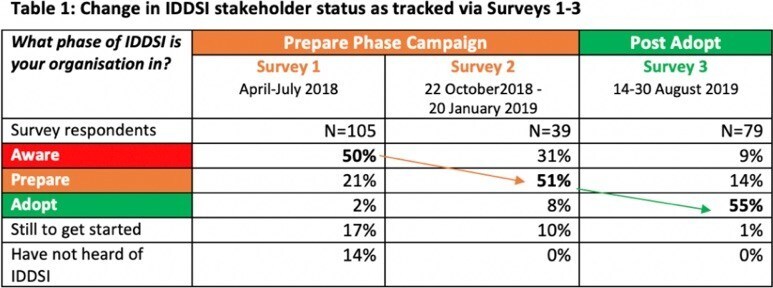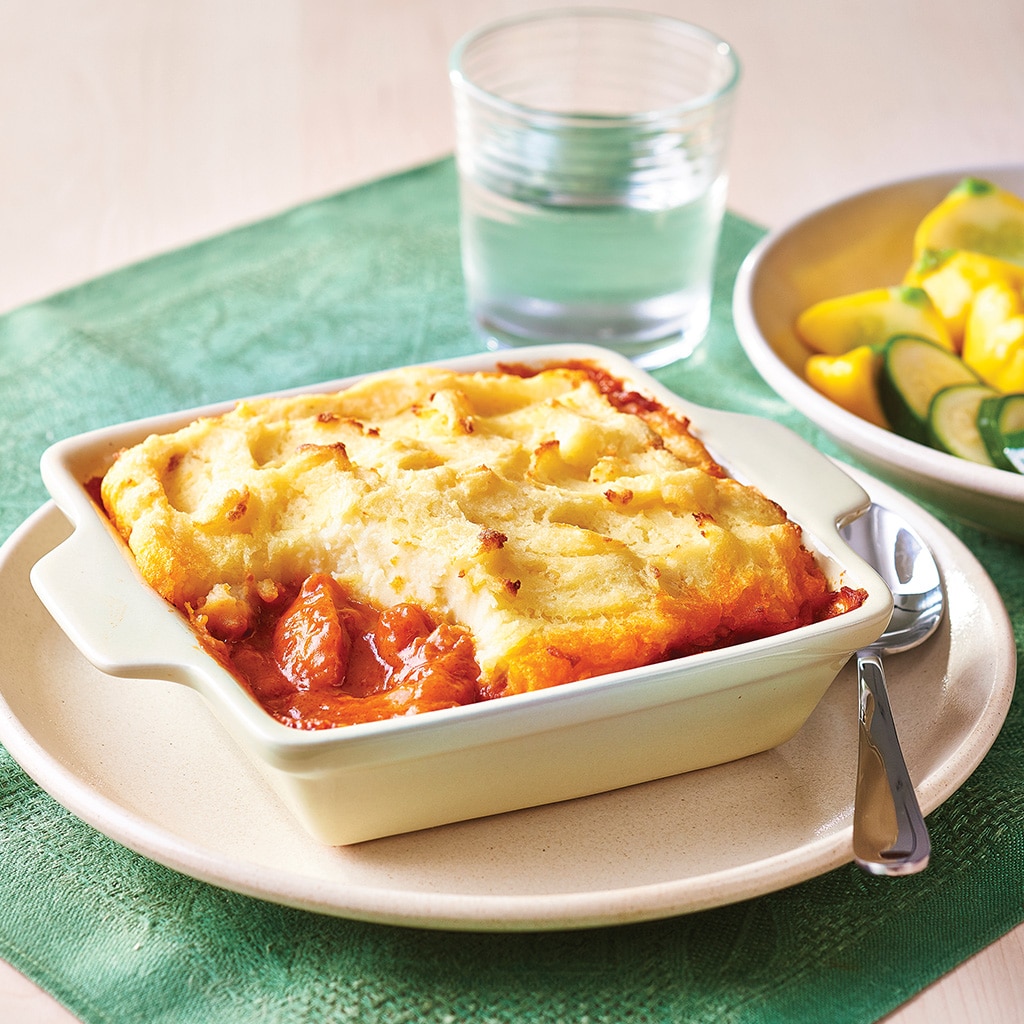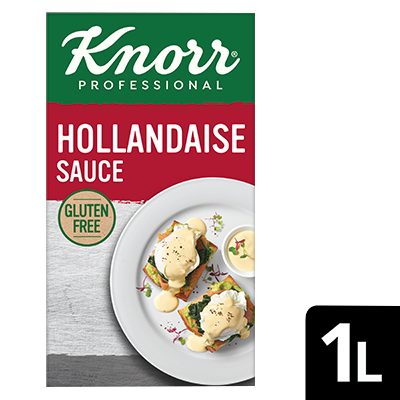Posted on Friday, 24th April, 2020
The International Dysphagia Diet Standardization Initiative (IDDSI) was launched almost a year ago on May 1, 2019. The aim of IDDSI was to introduce a global standard for the texture modification of food for people with Dysphagia and swallowing difficulties.
The rollout of the standards across the Aged Care sector was well supported and thorough. We covered each stage of the rollout with articles which you can review here. This month, we spoke to key people involved with the rollout and chefs who have implemented the new texture levels and testing methods in their kitchens, to see how IDDSI is working so far.
The Australian IDDSI organisation conducted a survey in August 2019, which covered Adult Hospital, Aged Care Facility, Community-Adult, Rehabilitation Services, Disability and Group Home, with representation across all States and Territories except the Northern Territory. The survey illustrates the uptake of IDDSI across all sectors who deal with texture-modified foods.

Image courtesy of https://iddsi.org/
Speech Pathologist Sophie Crouch, from Loqui Speech Pathology in Queensland, has been working closely with chefs who have been implementing IDDSI into their kitchen processes and meal preparation, since it was introduced early in 2019.
Sophie reports that there have been mixed reactions to IDDSI, but on the whole the response has been positive—Aged Care Chefs were open to learning and implementing the new testing methods and working with Speech Pathologists to incorporate the new levels into their meal plans.
The biggest challenge for chefs so far has been the implementation of Level 6 Soft & Bite Sized. As the criteria is more specific than the old Texture A, Soft, some chefs are finding the practical implementation difficult.

Larger organisations have overcome this challenge by investing in the blade attachment for the Robot Coupe, meaning they are able to produce a larger amount of Level 6 texture-modified food at once. However, smaller facilities are struggling with the time it takes to achieve the 1.5cm x 1.5cm food size for one or two meals at a time. The investment in the Robot Coupe blade means this is not always a good solution, and so the meals are slower to prepare.
Jo Adams, the Hospitality Quality Manager at BlueCross & Sapphire Care in Victoria said they had invested in comprehensive training for the implementation of IDDSI. Kitchen and food service staff as well as clinical staff were well prepared for the changes. They had also spent time keeping residents and their families informed of the changes before they were implemented. All texture-modified food from Level 5 and above is prepared by hand at BlueCross & Sapphire Care.
Jo also found the biggest challenge to be around Texture level 6, with the exclusion of bread creating the most confusion amongst residents and staff.
The issue is often around the misconception that bread is a ‘soft’ food. However, for those with swallowing issues and potential chewing difficulty, bread quickly becomes a choking hazard, hence its exclusion from soft and bite-sized Level 6.
Jo went on to say that at Blue Cross & Sapphire Care, all residents were reassessed as part of the IDDSI implementation. As part of this, some residents were assessed as being able to adequately eat sandwiches even though they were on a Level 6 diet. As part of the process, residents are now noted as Level 6 with bread or Level 6 without bread.
We also spoke to Paul Edwards from Arcare, Kanwal who implemented IDDSI in August 2019.
He says, “I found the terminology easy to follow and understand. Before IDDSI there were a lot of different names for texture levels, even between homes, so chefs and staff were always having to learn a new way. With IDDSI, the way the material is presented with the colours and clear descriptions, so it makes life in the kitchen so much smoother. Because it is a consistent global standard, it is easier to train staff, and as it becomes more widely implemented, it is one less thing we have to deal with when onboarding new staff, as everyone is on the same page.”
For more information on IDDSI and how to implement it in your facility, the IDDSI website has comprehensive information.

Top recipes
-
Roast Salmon with Corn Puree -
Citrus Poached Chicken Finger Sandwiches -
Chicken Ratatouille -
Mango Chicken Tartlets -
Spinach, Feta and Tomato Quiches -
Creamy Tuna and Tomato Vol au Vents -
Butter Chicken Pie, Potato Top -
Slow Cooked Lamb Shoulder -
-
Cream of Mushroom Soup with Bacon Pangrattato -
Beef Bourguignon -
Vegetarian Falafel with Sweet Potato Mash -
Steamed Hoki, Parsley, White Wine Sauce -
Mushroom Parmigiana with Bocconcini, Pesto
Related Products
Log in or Create an account to access:
- Get access to this content
- Discover the latest culinary trends
- Explore and save your favourite recipes
- Watch free video training courses for chefs





















